I’m a huge fan of smoothie recipes for thyroid patients, even if weight loss is your goal.
If you’ve been staying away from smoothie recipes, or if you just want to learn more about how they might help, then check out these 5 whole-food smoothie recipes which contain additional helpful ingredients such as probiotics and protein powder.
Are Smoothies Healthy?
There is some argument as to whether or not smoothies are healthy or as harmful as other foods laced with high contents of sugar.
The story goes that if you break down the fibers inside of fruits and vegetables the sugar that is also inside of those fibers will be readily and easily absorbed in your intestinal tract.
This rapid absorption of sugar leads to spikes in insulin levels much like what would happen if you drank a sugary beverage such as a Pepsi or Coke.
This, they say, is why smoothies are so dangerous for the body.
But there’s a catch.
Even if it is true, and I don’t see a lot of evidence to suggest that it is, the benefits of drinking smoothies far outweigh the potential for negative side effects.
Not only are smoothies packed with antioxidants, phytochemicals, and vitamins, but they also substitute as a way to “manage” your food cravings by providing your body with something sweet.
Studies have also shown that juicing or blending fruits results in higher antioxidant and phenolic compound levels compared to whole fruits themselves:
“Results revealed that juices that had been prepared by blending whole fruits had stronger antioxidant activities and contained larger amounts of phenolic compounds than juices that had been prepared by juicing the flesh fraction of the fruit. ”
These benefits are probably what gives fruit (and smoothies) their anti-obesity-like effects (2).
So don’t worry too much about the sugar content as long as they are from whole foods/fruits.
I personally drink smoothies on a daily basis (sometimes more than one each day) and I’ve used them successfully in many patients who are trying to lose weight (yes, even those with insulin resistance).
Does it mean that smoothies are for everyone?
Not necessarily, but I wouldn’t be afraid to try them, even if you are trying to lose weight.
You can also use smoothies as a way to satisfy your “sweet” tooth instead of turning to other snacks that are not nearly as healthy.
How to Optimize your Smoothie:
Before we jump into the actual recipes, you should be aware of some basics about creating your smoothie.
Consider these factors BEFORE you create a smoothie. This will allow you to tailor it to your needs:
- Fruit and Sugar: While fruit does have an anti-obesity-like effect, you still may not want to overload your smoothie with fruits. If you are concerned about weight or insulin then simply start with 1-2 high-sugar-content fruits. You can also stick to fruits in the “berry” family which have lower sugar content compared to other fruits.
- Protein Powder: I’m a big fan of using protein powder in my smoothies but I do occasionally go without it. Protein powder is great because it helps reduce your appetite and helps create a smoothie that can be used as a meal replacement.
- Fat Content: Be careful with adding fat to your smoothies, even healthy fats. Fats can be great for your intestinal tract but they are also calorically dense and may promote obesity, especially if combined with high sugars from fruits. I recommend no more than 1 tablespoon of “healthy” fats in your smoothie and don’t be afraid to go without any added extra fat.
- Water or Juice: Your base can be water or juice such as orange juice. Even though orange juice is high in sugar, the sugar from orange juice is not as bad as added sugar from sugary beverages. But, if you want to reduce the sugar content you can skip out on the juice and simply use a water base. Whatever base you want is up to you. You can also substitute non-dairy milk such as almond milk or cashew milk. Adding this non-dairy milk gives your smoothies a creamy consistency compared to using water or juice.
- Greens/Veggies: If you are making a smoothie you might as well put some healthy vegetables in it! Vegetables actually go quite well in smoothies and their taste can be masked by the healthy whole fruits that you are consuming. I use a lot of kale, spinach, and herbs such as Cilantro and Parsley. You can use other vegetables but these veggies seem to have a neutral taste so they go with just about anything.
- Snack or meal replacement: You have to determine if you want your smoothie to be a meal replacement or simply a snack that you have in midday. This is important because it will determine what you add to it to make it a “complete” meal or if you simply want to add something like a banana, almond milk, and some protein powder. The smoothie recipes below make great meal replacements and provide your body with an array of nutrients, especially when combined with protein powders and probiotics.
- The right blender: I recommend getting a Blendtec or a Vitamix to blend your smoothies but you can use whatever blender you prefer. Just realize that you may need to spend more time blending your ingredients if you have a low-powered blender.
Additional optional ingredients that you can add at your discretion:
Feel free to add or take away from the base recipes below. You can pretty much add whatever else you feel would work for your smoothie recipe and make it fit your preferences.
In addition to the ingredients listed below, please consider the following ingredients:
- Flaxseed (3) – Up to 1 tablespoon of ground flax (if you have a high-speed blender then you probably don’t need to grind it first). Flax is great to add as a healthy source of fats and is especially good for women in menopause.
- Chia seed (4) – Up to 1 tablespoon of chia seeds. Chia seeds tend to expand and thicken up liquids so just realize that chia seeds may alter the consistency of your smoothie.
- Nut butters (Almond/cashew butter/etc.) – Nut butters add a very rich flavor and make your smoothies more creamy. They are also a healthy source of fats. Just be cautious when adding nut butters because they have a lot of calories from fat, even though they are “healthy” fats.
- Turmeric – Turmeric is great to add (you may want to also crack some fresh pepper in with it to help with absorption (5)), especially after a workout. It helps cool down inflammation and may also help with Hashimoto’s. Just add around a tablespoon to your smoothie. Make sure NOT to spill your smoothie though because Turmeric WILL stain.
- Cinnamon – Cinnamon adds great flavor and can also help slow the absorption of sugar and the rise of insulin (6). Add as much to your smoothies as you can handle!
- Prebiotics/Probiotics – You can also easily add probiotics and prebiotics to your smoothies. You can do this by unencapsulating your probiotics or by pouring the contents of the powder directly into your smoothie. The taste will be masked and you will still receive the benefits of the probiotic. Prebiotics can also be added but they may increase the thickness of your smoothie.
#1. Strawberry Pineapple Banana Smoothie
This super simple smoothie recipe is easy to make and you can find all of the ingredients at your local Costco at bulk pricing. Each time you go just be sure to stock up on the basics and you will have enough to make a smoothie daily for up to 2 weeks.
Recipe & Ingredients
- 1/2 to 1 cup of frozen strawberries (preferably organic)
- 1 small-medium banana (ripe and not frozen)
- 1 Cup of Fresh organic Kale (without the stems)
- 1/2 to 1 cup of frozen pineapple (preferably organic)
- 1 cup of water/fresh-pressed juice (not from concentrate) or non-dairy milk
- 1-2 scoops of protein powder (I typically use vanilla)
- Optional: 1 tablespoon chia/flax/almond butter, 1 tablespoon 100% organic cacao powder
Additional comments:
This is my “staple” smoothie and I have something similar to this every day. I will add or subtract ingredients based on how I am feeling but this forms the backbone of my breakfast each morning.
If you want to feel more “full” then feel free to add more fat.
If you want a “thicker” smoothie then cut down on the liquid and either add more fruits or add in ice. Ice will also cool down your smoothie and make it much colder.
Play with the recipe and find the combination of fruits/juices/additional ingredients that work for you. Even small changes to the amount of fruit you add will alter the taste sometimes dramatically.
You can’t really go wrong from a taste perspective as long as you have the Banana/pineapple base.
#2. Blueberry Acai Smoothie Bowl (or Smoothie)
One of my favorite smoothie “desserts”, this smoothie bowl can be adapted for drinking as well.
Recipe & Ingredients
- 1 pack of organic frozen Acai
- 1/2 to 1 cup of frozen organic blueberries
- 1/2 to 1 cup of fresh cilantro (this stuff is potent so adjust based on your preferences)
- 1 cup of orange juice or water
- 1-2 scoops of protein powder
- Optional toppings: If you opt to make a bowl you can top it with chia seeds, desiccated coconut, gluten-free granola, fresh fruit, or fresh banana
Additional comments:
You can get Acai packs at certain grocery stores and at Costco. These packs come with frozen Acai which can be warmed up under water and placed into a blender to create a smoothie or a smoothie bowl.
Smoothie bowls tend to be ticker and have added ingredients on top such as desiccated coconut, gluten-free granola, and fresh fruit.
To make an acai bowl just make sure to cut down on the liquid to thicken it up, pour the contents into a bowl (rather than a glass), and top with fresh fruits.
#3. Probiotic Mango Banana Smoothie
Quick and easy way to get healthy probiotics into your system.
Recipe & Ingredients
- 1/2 to 1 cup frozen organic mango
- 1 frozen (or room temperature) small to medium ripe banana
- 1 cup non-dairy milk (almond, coconut, or cashew milk)
- 1 cup (or more) organic baby spinach
- 1 teaspoon vanilla
- 1-2 scoops vanilla protein powder
- 1/2 cup frozen ice cubes (to desired consistency)
Additional comments:
If you love mango then this is the smoothie for you!
I’m actually not a big fan of mango but my kids seem to love this and it’s an easy way to get probiotics into their system (You can hide pretty much anything in smoothies)!
You don’t have to use my probiotic but I would recommend that you find a high-quality probiotic with at least 100 billion CFU per serving. You can unencapsulate the probiotics and pour the contents directly into your smoothie.
#4. Blueberry Chocolate Almond Smoothie
A “sweet tooth” satisfying smoothie recipe.
Recipe & Ingredients
- 1/2 cup to 1 cup frozen blueberries
- 1 small to medium frozen banana
- 1 cup fresh almond or cashew milk
- 1 tablespoon cacao powder
- 1 tablespoon almond butter (I recommend nut butter but you can also substitute out for peanut butter if you want to crave a “sweet” tooth)
- Ice cubes (as necessary to desired consistency)
- Optional: Chocolate protein powder and organic spinach (you can easily hide 1 cup of spinach in here but if you want to keep it like a “dessert” then you can also skip it.
Additional comments:
You will notice that this recipe does not have any green in it. You can add greens based on your preference but I will often use this as a “dessert” smoothie to satisfy my sweet tooth.
My wife also uses it in the same way (she has thyroid issues). If you love peanut butter feel free to use organic peanut butter in place of nut butter but just realize that peanut butter is not as healthy as almond butter.
I also wouldn’t recommend having this every morning because it’s not nearly as healthy as some of the other recipes.
#5. “Green” Anti-inflammatory Smoothie
Ideal if you want to cool down inflammation in your body and get a lot of servings of vegetables in a hurry.
Recipe Ingredients
- 1 cup organic kale (not prepackaged)
- 1 cup organic baby spinach
- 1 small to medium ripe banana (frozen or room temp)
- 1-2 cups water or 1 cup orange juice + 1 cup water (orange juice for more sweetness if that is your preference)
- 1-2 scoops vanilla protein powder (avoid chocolate if you want the “green” look)
- 1 teaspoon of turmeric
- 1-2 cracks of ground pepper
- Ice cubes to desired consistency
Additional comments:
Feel free to add even more greens if that is your preference. The more greens you add the deeper green color your smoothie will be. The banana will add a healthy sweetness to the drink but realize the more greens you add the more “earthy” the taste will be.
Both spinach and kale are great to add to smoothies because of their milder taste. If you want a more “earthy” flavor then you can try adding Arugula or another green of your choice.
If you need to sweeten your smoothie you can add another half of a banana (frozen or room temperature) or cut back on the greens.
I have several green smoothies each week but I will cut down on the number of greens I feel like consuming based on how I am feeling. You kind of have to be in the right mood to down a really “green” smoothie (at least in my experience!).
Additional Considerations for Your Thyroid
As a thyroid patient, you may be somewhat concerned when using fruit and vegetables in your smoothies.
Fruit because you are probably worried it may cause weight gain.
And vegetables because you may be worried about their goitrogenic effects.
I’m here to tell you that while there may be some truth to both statements, the truth is overblown.
For instance:
Consuming healthy fruits will do more to reduce inflammation and provide your body with nutrients than it will increase your weight by stimulating insulin.
Can you consume too many fruits to the point that it is harmful?
Sure, but if you stick to the amounts listed above you are far from that range.
The same logic holds true for goitrogens.
Goitrogens, found in some greens such as kale, can theoretically block the uptake of iodine and may diminish thyroid function.
But if you are using this as a reason to avoid consuming kale on a daily basis then you are probably doing much more harm than good.
The goitrogenic effects of vegetables are minimal compared to the benefits that vegetables will provide your body.
Before you avoid fruits or green vegetables as a thyroid patient just be sure you are considering these facts.
I also want to hear from you, especially if you’ve had success (or problems) with smoothies.
What recipes or ingredients are your favorites?
What things do you add to your smoothies to make them even more healthy?
Do you even drink smoothies? Are you considering them now?
Leave your questions or comments below!
Scientific References
#1. https://www.ncbi.nlm.nih.gov/pmc/articles/PMC4103735/
#2. https://www.ncbi.nlm.nih.gov/pmc/articles/PMC5084020/
#3. https://www.ncbi.nlm.nih.gov/pmc/articles/PMC4152533/
#4. https://www.ncbi.nlm.nih.gov/pmc/articles/PMC4926888/
#5. https://www.ncbi.nlm.nih.gov/pmc/articles/PMC3918523/
#6. https://www.ncbi.nlm.nih.gov/pubmed/18234131
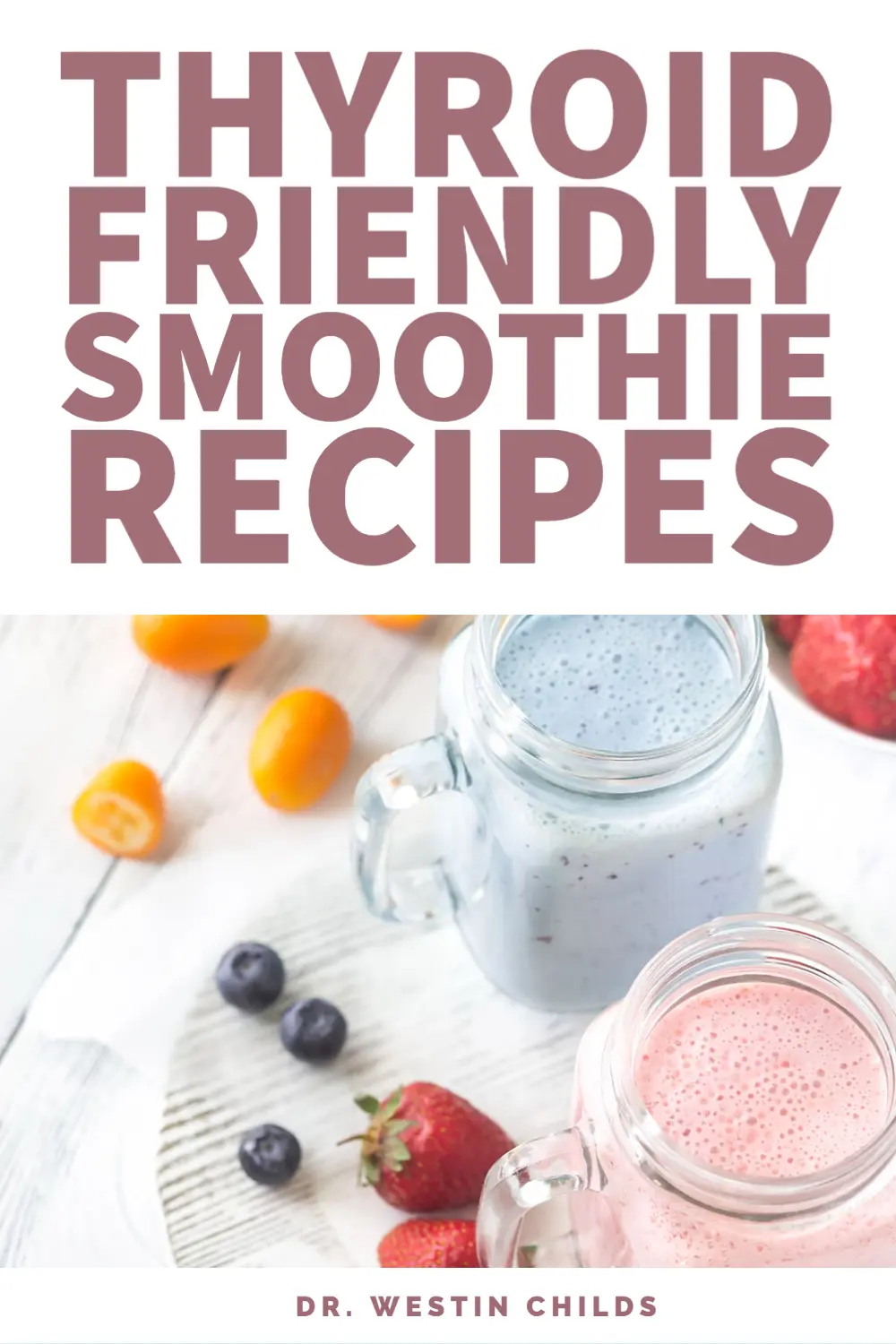
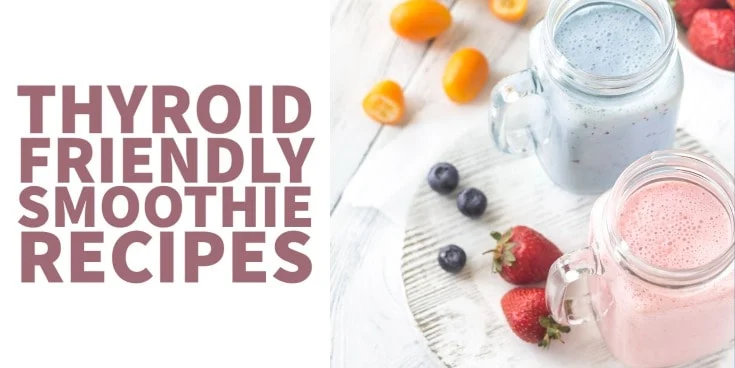
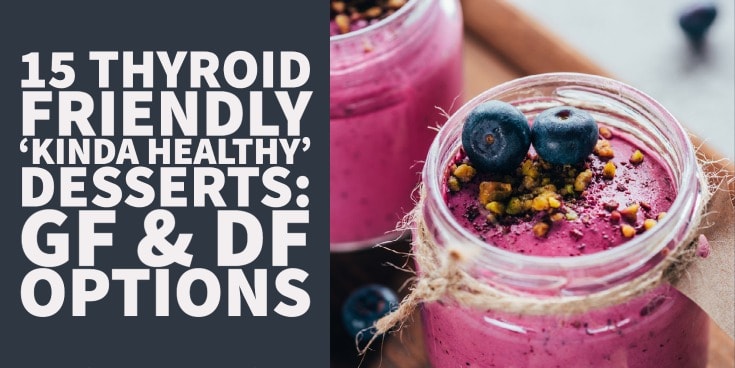
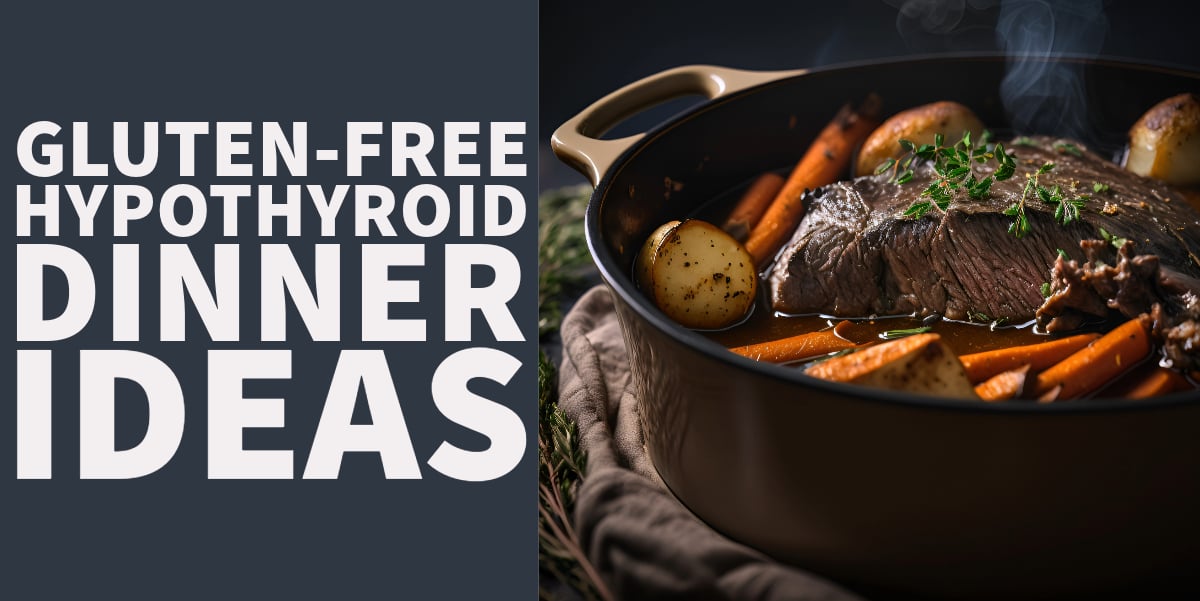
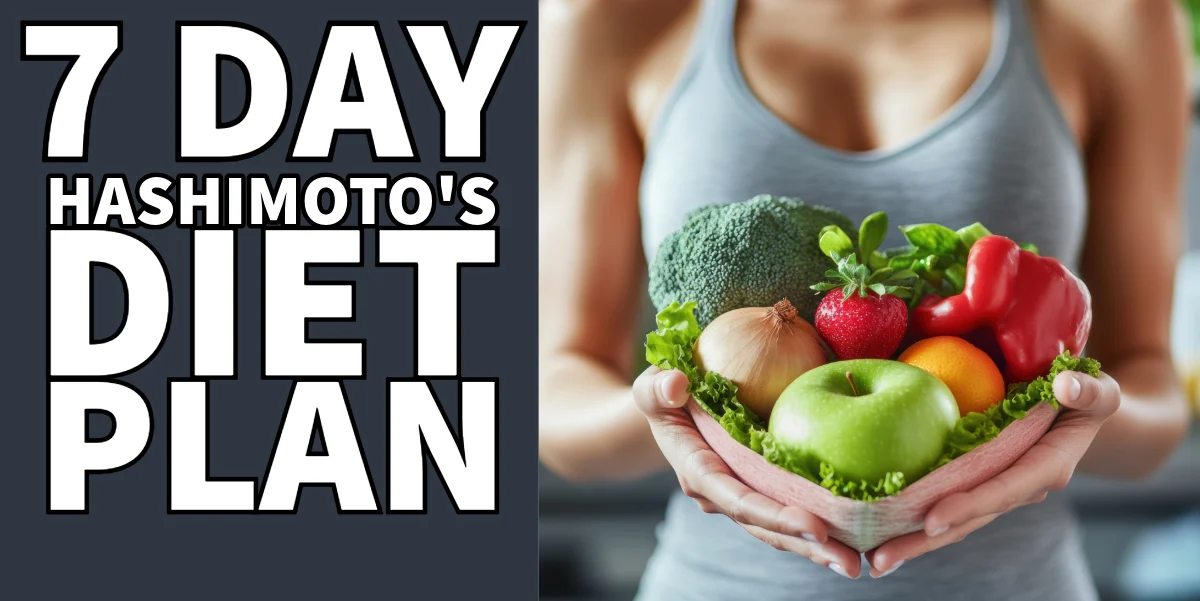
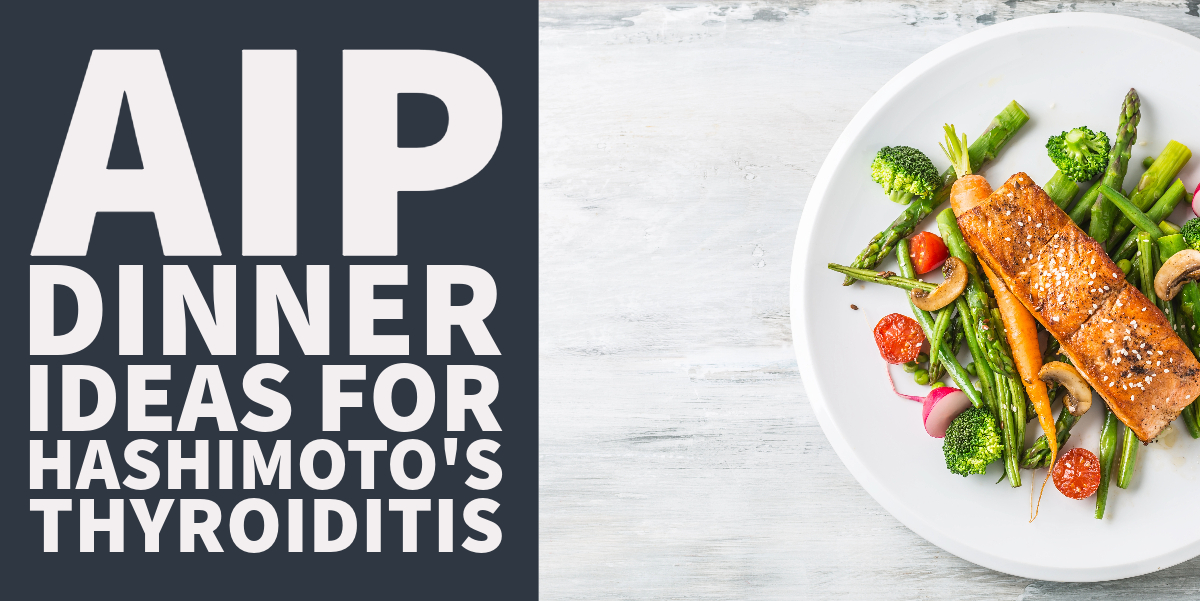
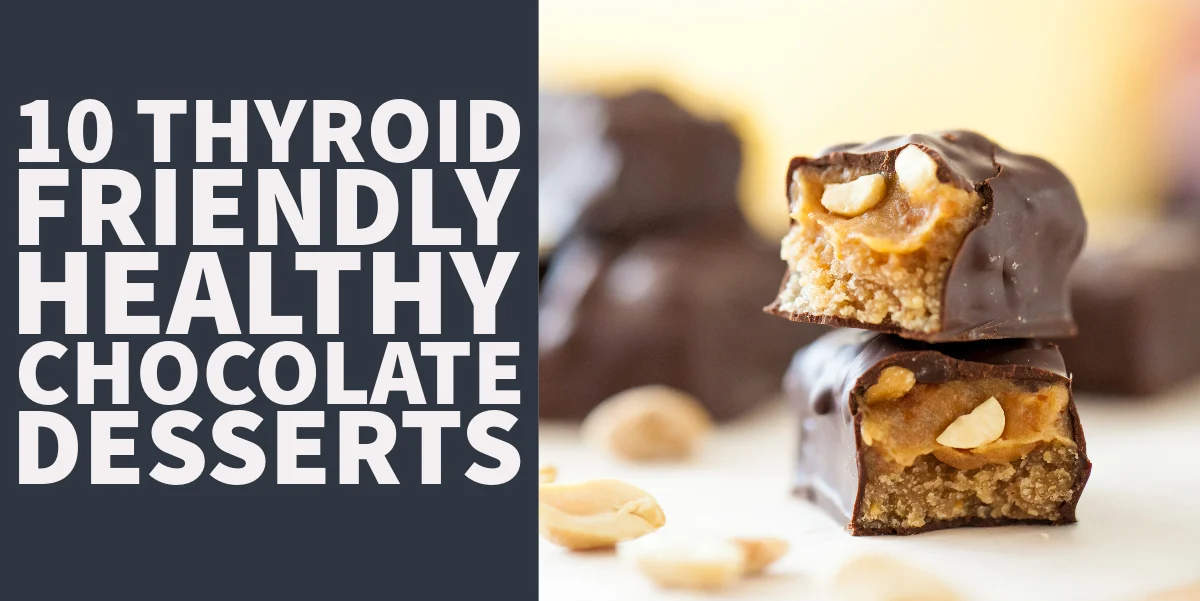
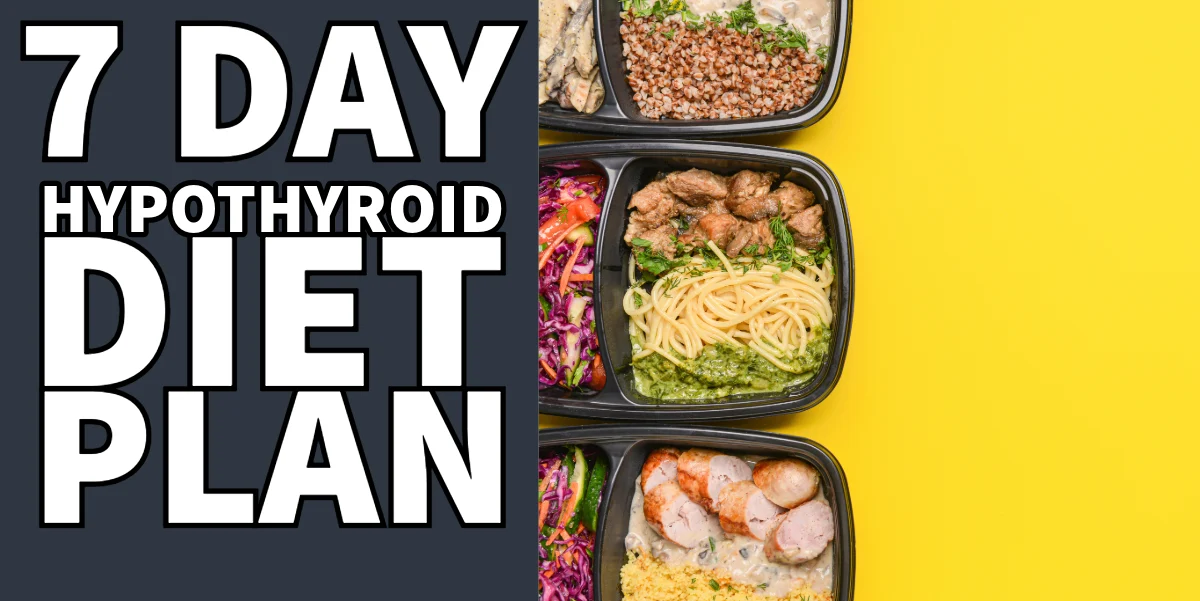

Dont these smoothies have a lot of sugar??
Hi Susana,
Yes, they have tons of fruit sugars but I address why this isn’t really an issue in the article.
I have a smoothie every morning for about 40 years. Traveling, I may miss 4 or five a year. Mine is somewhat different, about 1/3 cup of home made granola, 1/4 cup of walnuts, 1/4 cup almonds, table spoon of cinnamon, splenda and flax-chia-coconut blend, whole ripe banana, 1/2 cup whole milk, blend with 6 ice cubes and drink. No sugar. And sometimes I’ll add protein powder when I have it.
Hi Mr. Carroll Smith,
Nice! I have them every day as well 🙂
Splenda is chlorine based will ruin your kidneys 🙁 use stevia or monk fruit it’s wayyy heathlier
Hi Dr Childs, thank you for the recipes I’m hopeful the Hashi bundle will still be on sale next week as I plane to place my first order. I’m waiting on labs to see if anything else is needed to start with.
Hi Tammy,
No problem! I don’t ever really do sales on my products but some products periodically get bonus points (usually 10% instead of the regular 5%). I send out an email to the list when this happens.
Regarding goitrogen vegetables in smoothies…. I’m excited to try putting them into my smothies… I have been avoiding them for years for fear they would make my thyroid symptoms worse… Is it still ok to add goitrogens even if I was tested low for iodine in the past? And what is the safe amount of goitrogen vegetables to use daily ?
Hi Gigi,
I would take a look at this article for more info on that topic: https://www.restartmed.com/goitrogens/
I have chronic kidney disease, and bananas, spinach very green vegetables are harmful to my kidney. I also have Hashimoto Disease. I am allowed 4 oz of protein per day. Do you have a usable smoothie for my diet?
Hi Karen,
Unfortunately, I do not.
Our breakfast is usually a smoothie also. Sometimes we add a handful of cashews for creaminess. I usually include 1/4 of a small lemon, a knob of fresh ginger and recently started adding 1/2 tsp of spirulina. Frozen cherries, banana and cocoa is a favorite of mine. I’m going to try the cinnamon and maybe even cardamom. Thank you!
Hi Susan,
Awesome! Thanks for sharing your recipe 🙂
I’m going to try some of these, thanks. You might want to stress fresh squeezed orange juice, not bottled. Even 100% orange juice isn’t at all. They do use oranges, but in order to be stored in giant vats for up to a year, they remove all the oxygen which removes all the taste. Then perfumers and flavorers are hired which is why every brand tastes different and distinct. In the end, it’s just chemicals. Look up why 100% Orange Juice isn’t.
Hi Cathy,
You are correct but at some point, convenience will take precedence. We could argue that you could make every little bit healthier by sourcing your veggies differently or talk about transit time or even about growing your veggies/fruits yourself, etc. but at some point, it becomes too much of a hassle for most people. But, as you suggested, if you can then you definitely should 🙂
I love smoothies. So much more fun than making a meal when in a hurry, or i have been home and starting to feel snackish….
Only problem is we travel so much and at times aren’t home for awhile, is it fine if all my veggies and fruits are frozen? Because they go off before i can use it all.
Any tips?
Hi Miskha,
Yes, frozen is fine.
Coconut water is a great liquid base and some coconut yoghurt to make it creamy for those who are non-dairy for somoothies.
Hi Peta,
Thanks for sharing! And I agree. I personally prefer almond milk or orange juice but coconut water works great as well.
I thought Kale was bad for thyroid?! Doesn’t spinach contain an abundance of oxalates?! What about the PUFA in flax seeds, chia seeds, and nut butter?!
I don’t get it!!! How are these ingredients in smoothies supposed to help us with thyroid issues.
Thank you
Hi Pati,
I would take a look at this blog post for more info on the topic: https://www.restartmed.com/goitrogens/
I would say if you are avoiding those foods because of the reasons you listed then you are missing the mark!
Hi, my name is Robin. I use to drink smoothies and stopped mainly because I could no longer afford to. Now I can and like to know the best healthy fruits and vegetables to use.
I liked what I read and is very interested in your 10 day diet plan. You’ll be hearing from me soon.
Hi Robin,
If you look up at the recipes you will find a list of fruits and veggies in each one. For veggies/herbs, I think kale, spinach, cilantro, and parlsey work great.
Dr Westin Childs.
What happened to “Chocolate” Thyro protein powder? No ‘ out of stock option “available. Have you omitted them from production? Sure hope not!
Thank you, your friend in thyroid health!
Annie S
Hi Annie,
I reformulated several of my protein powders into Thyro Fuel which is only available in vanilla for now. I’m working on additional flavors that will be released in the coming months for that protein powder.
You can learn more about it here: https://www.restartmed.com/product/thyro-fuel/
Dr. Westin, I have read several studies that state that kale is not good for you when you have thyroid because of its high level of calcium. Also, for the berries, strawberries, are not great for hypothyroidism, yet your recipes suggest these ingredients. I have to say I like both kale and strawberries and I wish I could incorporate them.
Hi Nicole,
Can you share the studies you are citing? I’d like to take a look at them.